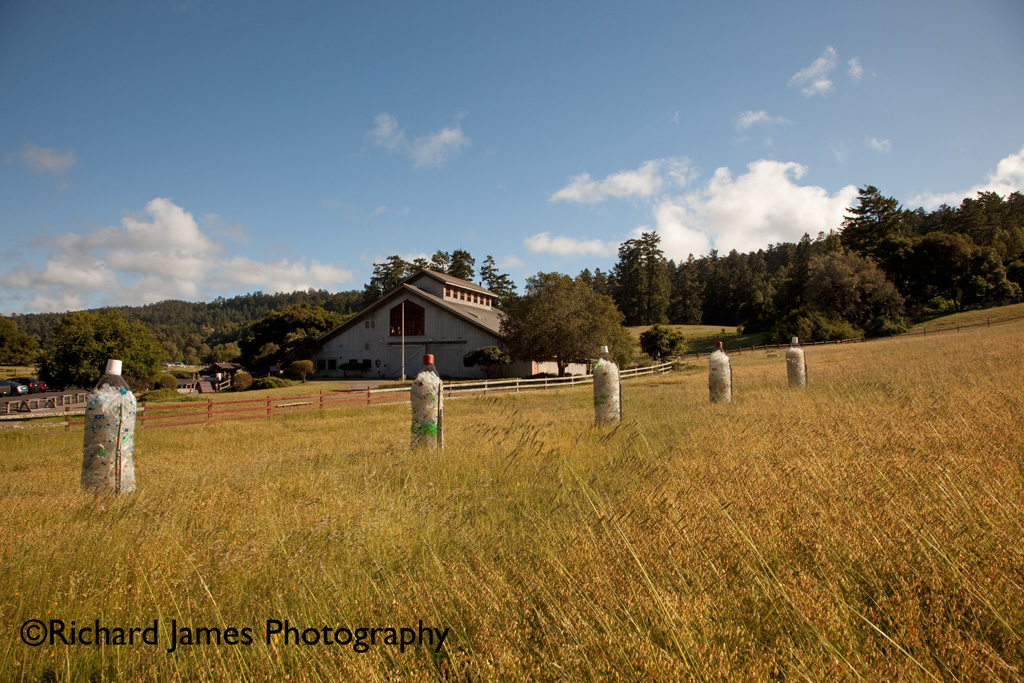Click on the title of this post to read it and see a related header image.
A couple days ago I stopped to get coffee at a local market.
As I got out of my car and walked towards the door, cup in hand, a woman I know shouted out to me “Hey, shouldn’t you be out on the beach picking up trash?”
She was smiling as she said it. One of those smiles that says I am kidding, but not fully.
I explained that I wrenched my knee and was on the DL for a while as I recuperated.
Standing feet apart from one another at the edge of Sir Francis Drake Boulevard, she said to me, “I saw your sculptures in the park by the visitor center. I don’t like them in the National Park.”
I’ve known her for a few years now, mostly bumping into her at volunteer events at the park. She is a long time Point Reyes National Seashore volunteer, roosting in West Marin when not at one of her other residences.
She is always pretty direct, in your face. She likes to get a reaction with her words.
The object of her disdain is “Thirsty?”, my collection of five eight-and-a-half-foot-tall plastic bottle sculptures. I spent a year picking up about a ton of trash off park beaches, from which I culled one item, plastic bottles, to create the art installation.
“What don’t you like about the sculptures?” I asked.
“I don’t like their aesthetic,” she said.
“Yeah. They look kind of trashy in the meadow don’t they?” I stated.
“That’s right, I don’t like that sort of thing in the National Park, it looks bad,” she said.
At this point I am figuring she declined to walk over to the art installation and read the 43-word interpretive panel explaining the piece.
“I’m glad you don’t like it,” I said, “neither do I. All that trash in the park is just plain wrong!”
I encouraged her, after entering the market, to ask the owner to stop selling bottled water. He has told me he is a capitalist and he intends to make money, consequences be damned.
I’m not quite sure she got the message of “Thirsty?”.
Tons of trash washes ashore on California beaches each and every day. Most of it almost tinier than the eye can see in the form of (raw plastic-nurdles), shredded Styrofoam pellets, packaging, toys, fishing gear, food containers etc.
Most people don’t see the magnitude of the trash problem when they visit the beach.
Magnifying the problem by building eight and a half foot tall plastic bottles apparently registered on her radar.
How big do I need to make these bottles to get on a majority of people’s radar?
We are shitting in our nest a toxic brew of chemicals nature cannot metabolize.
Please, use one metal bottle!
the coastodian

Thirsty? at Bear Valley Visitor Center - Point Reyes National Seashore



